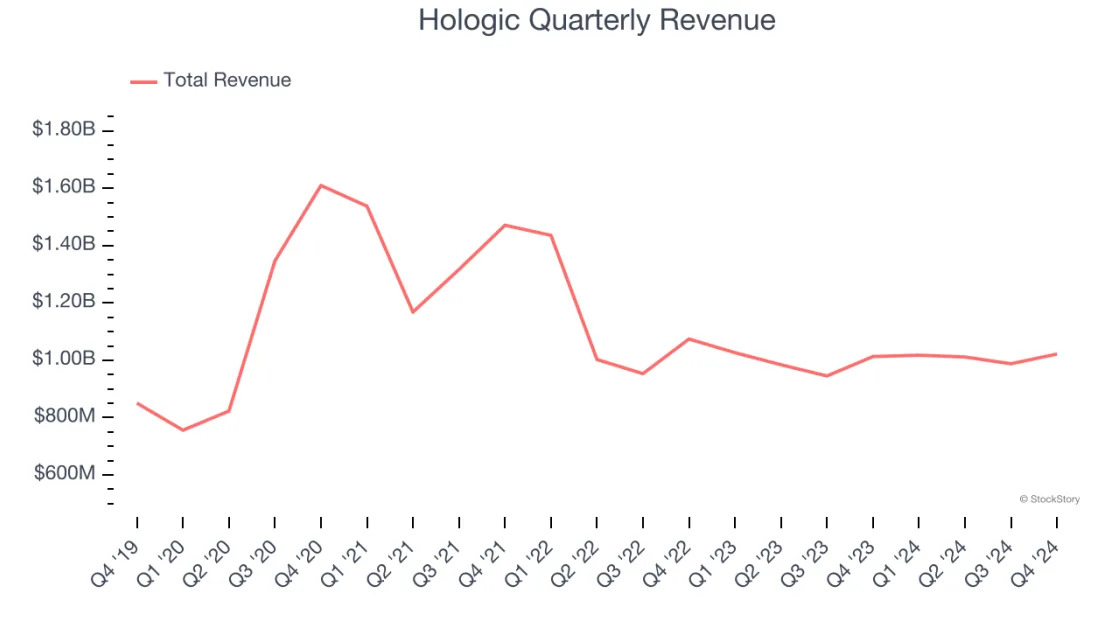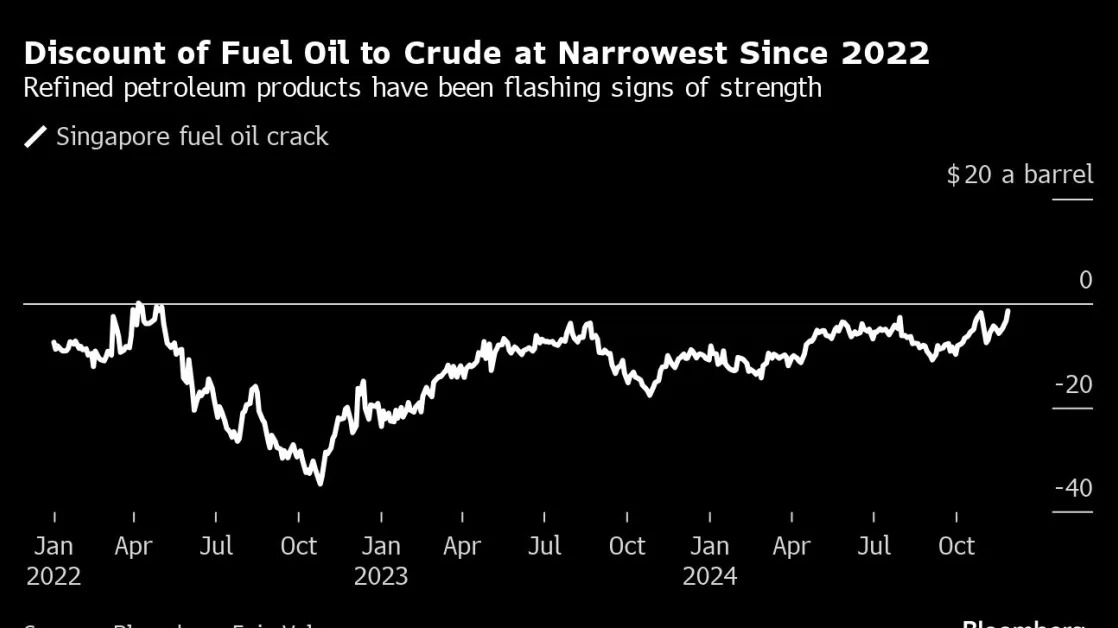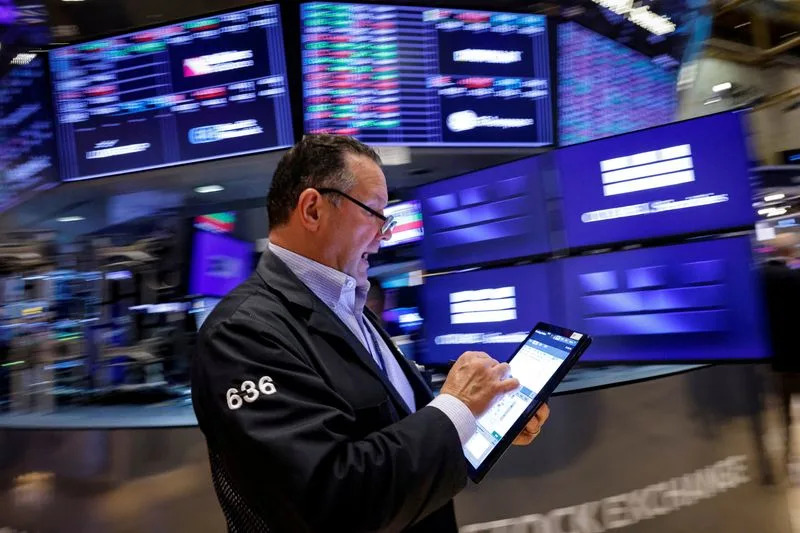Amazon (NASDAQ: AMZN) and Apple (NASDAQ: AAPL) both posted their latest earnings reports on Aug. 1. Amazon's stock dipped after it missed analysts' revenue estimates and provided soft guidance for the current quarter, but Apple's stock held steady after it followed up its earnings beat with a stable near-term outlook.
Should investors buy Apple and avoid Amazon? Let's take a fresh look at both companies' near-term challenges and valuations to find out.

Why did Amazon's stock slump?
Amazon's revenue rose 10% year over year to $148 billion in the second quarter of 2024 but missed analysts' expectations by $760 million. That revenue miss was caused by the slowing growth of its North American and international retail segments, which offset the accelerating growth of its Amazon Web Services (AWS) cloud platform.
|
Growth by Segment (YOY) |
Q2 2023 |
Q3 2023 |
Q4 2023 |
Q1 2024 |
Q2 2024 |
|---|---|---|---|---|---|
|
North America revenue |
11% |
11% |
13% |
12% |
9% |
|
International revenue |
10% |
16% |
17% |
10% |
7% |
|
AWS revenue |
12% |
12% |
13% |
17% |
19% |
|
Total revenue |
11% |
13% |
14% |
13% |
10% |
Data source: Amazon. YOY = Year over year.
Amazon blamed its retail slowdown on tougher macro headwinds for consumer spending and lower average selling prices for bargain-hunting shoppers. It also said recent events -- including the U.S. presidential election, the attempted assassination of former President Trump, and the Paris Olympics -- were distracting shoppers and disrupting their online purchases.
Tougher competition from aggressive cross-border e-commerce competitors like Shein and PDD 's Temu could be another major issue. All those challenges also throttled the growth of the company's integrated advertising services.
On the bright side, AWS' accelerating growth indicates the world's largest cloud platform continues to flourish -- even as it faces intense competition from Microsoft 's Azure and Alphabet 's Google Cloud. During the conference call , CEO Andy Jassy attributed a lot of that growth to the "generative AI [artificial intelligence] boom," which is driving more companies to upgrade their cloud infrastructure services. AWS also has much higher operating margins than Amazon's e-commerce marketplaces, so it can still subsidize the expansion of its lower-margin businesses.
Amazon expects its revenue to rise 8% to 11% year over year in the third quarter, but that midpoint missed analysts' estimates for 11% growth. For now, analysts expect the company's revenue and earnings to grow 11% and 58%, respectively, for the full year.
Why did Apple's stock hold steady?
Apple's revenue rose 5% year over year to $85.8 billion in the third quarter of fiscal 2024 (which ended on June 29) and exceeded analysts' estimates by $1.4 billion. In the first nine months of the fiscal year, the company generated 52% of its revenue from the iPhone, 24% of its revenue from services (including its App Store and subscription-based platforms), and the remaining 24% from its Macs, iPads, and wearables, home, and accessories segments.
|
Growth by Segment (YOY) |
Q3 2023 |
Q4 2023 |
Q1 2024 |
Q2 2024 |
Q3 2024 |
|---|---|---|---|---|---|
|
iPhone revenue |
(2%) |
3% |
6% |
(10%) |
(1%) |
|
Services revenue |
8% |
16% |
11% |
14% |
14% |
|
Mac revenue |
(7%) |
(34%) |
1% |
4% |
2% |
|
iPad revenue |
(20%) |
(10%) |
(25%) |
(17%) |
24% |
|
Wearables, home, and accessories revenue |
2% |
(3%) |
(11%) |
(10%) |
(2%) |
|
Total revenue |
(1%) |
(1%) |
2% |
(4%) |
5% |
Data source: Apple. Fiscal year ends in September. YOY = Year over year.
Apple's services segment was the only business that consistently grew over the past year. But that closely watched segment, which now serves more than 1 billion subscribers, faces unpredictable antitrust challenges in the U.S. and Europe as regulators probe its prioritization of first-party apps, developer restrictions, and high App Store fees.
Apple's iPhone sales slowed down as the 5G upgrade cycle ended. The company also faced tougher competition in China, and the strong dollar reduced overseas sales. But Mac sales -- which had experienced a growth spurt during the pandemic -- finally stabilized, as the company rolled out its new MacBook Air and MacBook Pro. Its iPad sales also finally rose again in the first quarter as the company launched the new iPad Air and iPad Pro.
Apple expects its growth to stabilize as it rolls out the iPhone 16 in September, ramps up expansion into India, and locks more users into its services ecosystem with a new batch of generative AI tools. It also continues to plow billions of dollars into its earnings-per-share (EPS) boosting buybacks. Analysts expect revenue and earnings to rise 8% and 16%, respectively, for the full year.
The valuations and verdict
Amazon and Apple both face macro and competitive challenges, but the market seemed more disappointed by Amazon's slowing e-commerce sales than Apple's sluggish iPhone sales. Neither of these stocks is cheap right now. Amazon trades at 39 times forward earnings, while Apple has a slightly lower forward multiple of 30.
I own both of these stocks, but I'm not in a hurry to add more shares or trim my existing positions. But if I had to buy more shares of one over the other right now, I'd pick Apple instead of Amazon. It trades at a lower multiple, faces fewer near-term challenges, and has more visible catalysts on the horizon.
Before you buy stock in Amazon, consider this:





